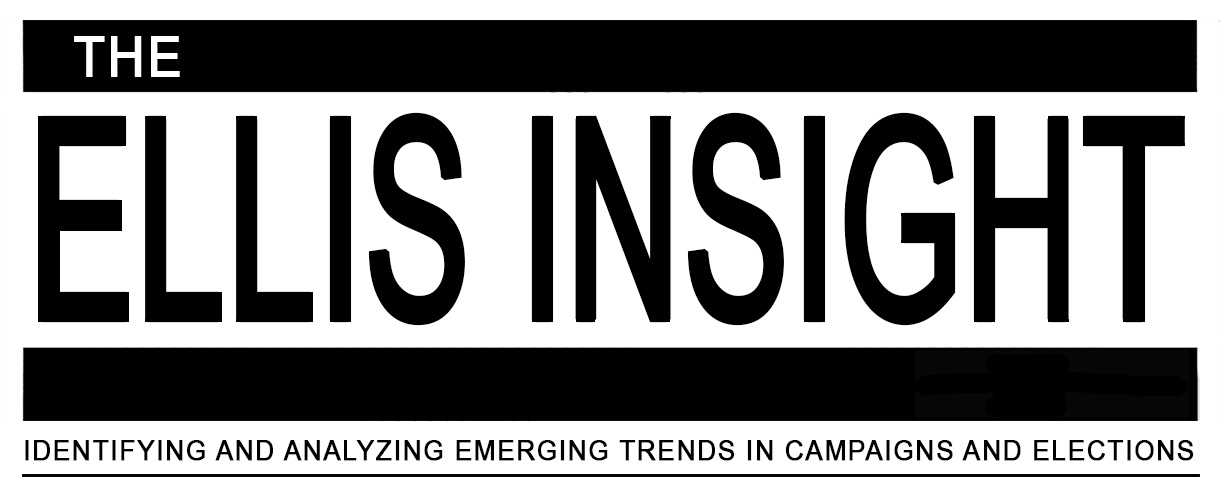July 2, 2015 — Returning to his high school roots in Livingston, NJ Tuesday, Gov. Chris Christie officially became the 16th Republican presidential candidate when he declared his political intention at a rally-style announcement event. It is apparent that three more current or former governors will soon follow suit, bringing the record-size field of candidates to 19. Wisconsin’s Scott Walker, John Kasich of Ohio, and former Virginia chief executive Jim Gilmore will each enter the race in July.
Saying that he’s “ … not looking to be prom king of America,” Gov. Christie elaborated, telling the assembled group and media that, “I mean what I say and I say what I mean and that’s what America needs right now.”
Christie has a long way to go in order to propel himself into the top tier of Republican candidates. Languishing in mid-single digits in most polls, usually with an upside-down personal favorability ratio, Christie will have a difficult time developing a path to the GOP nomination. Positioning himself to the left of the typical Republican primary voter with a brash personal style that many people find offensive, the Jersey governor will have to rebuild his personal image before he can hope to effectively compete for the nomination.
Continue reading >
